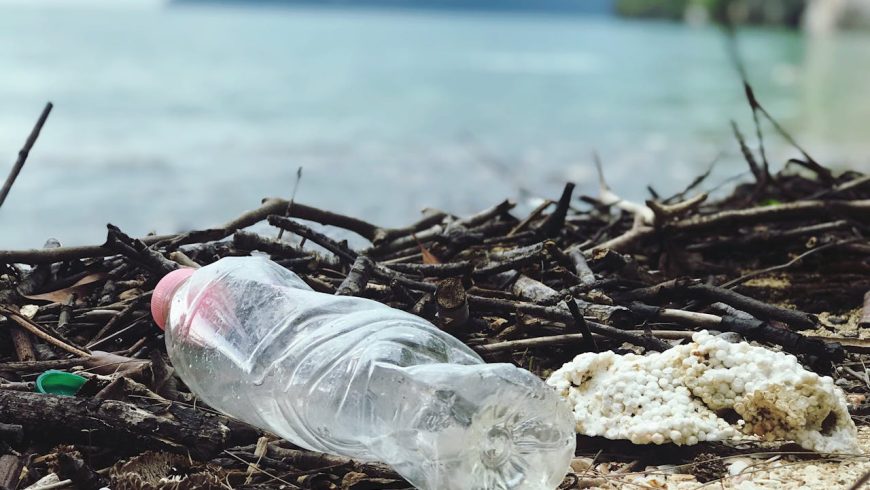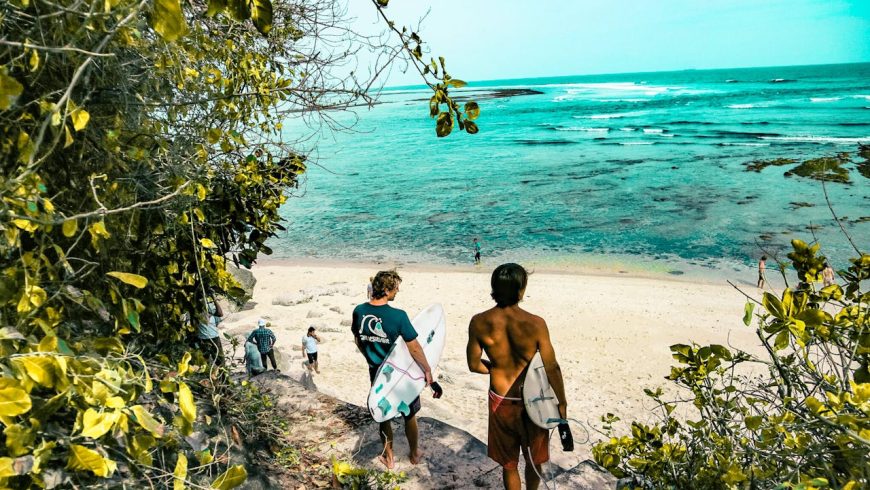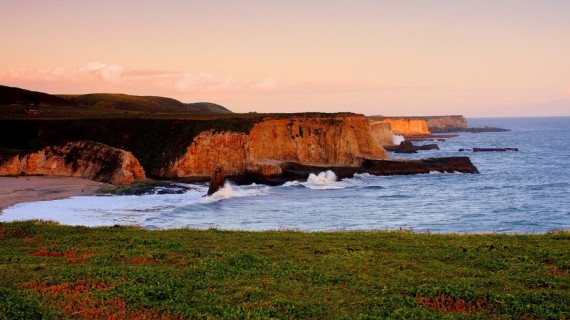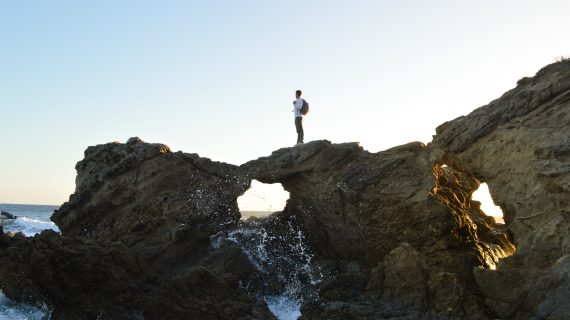Surf culture has always shaped the identity of Southern California. People travel from across the globe to experience the waves here. Crowded beaches, constant board traffic, and pollution, however, place enormous stress on the coastline. Many surfers now focus on sustainability to protect the very environment that gives them joy. Choosing eco-friendly habits and respecting local ecosystems is no longer optional. It is essential. Highlighting the responsibility of those who enjoy surfing in Los Angeles shows that sport and stewardship must work together.
The Connection Between Surfing and Ocean Health
Surfers know the ocean’s condition directly influences every ride. Dirty waters and debris reduce both enjoyment and safety. Healthy ecosystems, meanwhile, create stronger breaks and cleaner surf spots.
Pollution is, naturally, one of the most pressing threats. Storm drains push untreated runoff into the sea after every rainfall. This runoff contains oil, plastic, and chemicals. The result is frequent beach closures due to unsafe bacteria levels.
Marine life also suffers. Fish and seabirds ingest plastics, which harms entire food chains. For surfers, this damage can reduce biodiversity that helps balance the ecosystem. Without healthy marine systems, waves lose quality over time. Protecting ocean health is more than activism. It safeguards the future of surfing itself.

Surfing in Los Angeles and the Push for Eco-Friendly Practices
Local surfers have started leading by example. They recognize their sport depends on clean waters and thriving coastlines. Grassroots groups organize beach cleanups year-round. These efforts keep trash from entering the sea and raise awareness among beachgoers.
Gear choices also matter. Wetsuits, wax, and boards often rely on toxic materials. Eco-conscious surfers now support brands that use recycled materials and safer production methods. Several California-based companies already sell boards made from algae or plant-based resins.
Education plays an important role. Many surf schools in Los Angeles now include sustainability lessons in beginner programs. New surfers learn the importance of limiting waste, recycling, and respecting marine life. These habits spread quickly across communities, multiplying the impact of each effort.
Choosing Sustainable Surf Gear
Traditional surfboards contain polyurethane foam and polyester resin. Both create pollution during production and after disposal. Eco-alternatives now offer real solutions. Boards made with recycled foam or organic plant resins reduce long-term waste. Some even use wood from managed forests, lowering reliance on chemicals.
Surf wax often includes petroleum byproducts that harm marine life. Natural waxes use ingredients like beeswax or coconut oil. They offer the same performance without adding toxins to the ocean.
Wetsuits present another challenge. Neoprene comes from petroleum and has a heavy carbon footprint. New wetsuits made from natural rubber perform just as well while reducing emissions. By selecting sustainable gear, surfers can cut down environmental impact while supporting innovation.

Reducing Plastic and Waste on the Beach
Plastic waste is the most visible problem on beaches. Bottles, bags, and wrappers wash ashore every day. This issue affects wildlife and spoils the experience for visitors. Simple changes can make a real difference.
Reusable water bottles and food containers keep single-use plastics out of the sand. Packing snacks in cloth wraps or metal tins helps avoid unnecessary packaging. Choosing reef-safe sunscreen prevents harmful chemicals from entering the water.
In addition, local organizations encourage surfers to lead by example. By packing out trash, you show casual visitors how to respect shared spaces. Education, once again, has an impact far beyond the individual.
Community volunteers often mention that most waste comes from a lack of planning. If you arrive prepared, you produce less trash. Carrying just one bag for recycling or composting can prevent dozens of items from ending up in the sea. Many surfers agree that protecting beaches improves the overall experience of surfing in Los Angeles.

Supporting Local Businesses and Eco-Tourism
Economic choices matter just as much as personal habits. Supporting local surf shops that prioritize eco-friendly materials ensures your money reinforces sustainability. Small cafes near surf spots often rely on recyclable packaging and local ingredients. Choosing these businesses supports both the economy and the environment.
Above all, eco-tourism also makes an impact. Several surf schools dedicate part of their fees to conservation programs. Some fund water-quality testing. Others sponsor dune restoration or wildlife monitoring. These programs keep coastlines safer for both surfers and marine life.
Visitors can help by researching the practices of businesses they support. Your spending power has influence. Choosing eco-conscious operators shows that demand for sustainable services is strong. This pressure pushes more companies to follow suit.
How You Can Protect the Waves Every Day
Big initiatives often start with small steps. Daily choices matter just as much as organized cleanups. Reducing water use at home lowers runoff pressure. Skipping fertilizers in your yard helps keep chemicals out of storm drains.
Transport choices also count. Biking or carpooling to surf spots reduces emissions. Supporting public transport links along the coast offers another option.
Respect for wildlife is equally important. Avoid disturbing seals, dolphins, or seabirds. Keeping a safe distance ensures animals remain undisturbed in their habitats.
Teaching children about these habits builds the next generation of eco-conscious surfers. They carry lessons forward, protecting the coastline for decades to come. Each action may feel small, but combined, they create real change.

Protecting Beaches While Riding the Wave
Surfing depends on healthy beaches and thriving oceans. Protecting these resources requires effort from every surfer and visitor. Sustainable gear, reduced waste, and responsible spending all create measurable improvements. Local groups continue to lead, but long-term change relies on widespread support. By committing to eco-conscious habits, you ensure cleaner waters and better surf. Everyone benefits when beaches remain healthy for future riders. Protecting the coast while enjoying surfing in Los Angeles shows that passion and responsibility must always go hand in hand.

Author bio: Jenny Linn is a logistics coordinator at Father & Son Moving & Storage, a company that helps families and businesses relocate with dependable and professional moving services. Alongside her work, she writes about sustainability, travel, and the importance of community-driven change. She aims to inspire readers to enjoy life while making choices that protect the environment for future generations.




